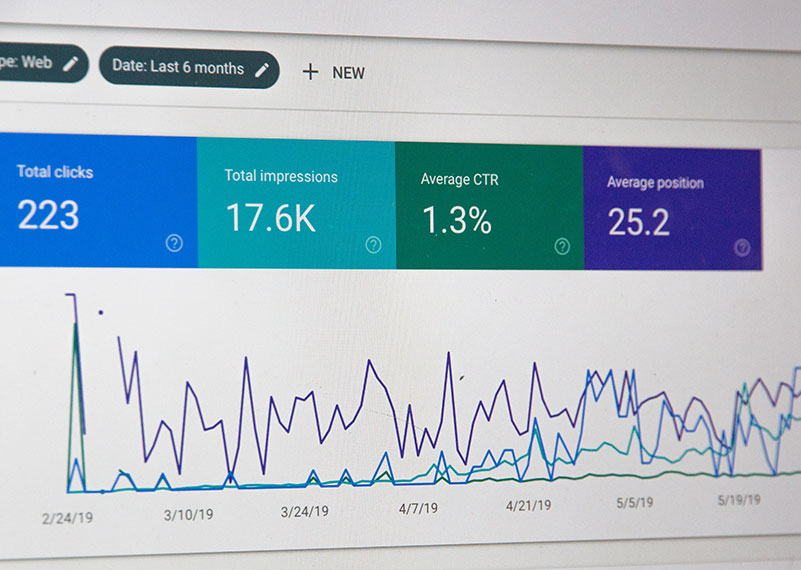
The landscape of online business is forever changing and evolving, and a website’s visibility on search engines can make all the difference between meeting your business goals or being invisible to your customers. This is where Search Engine Optimisation (SEO) comes into play. It works together in harmony with web development choices to ensure your website not only functions flawlessly but also ranks well on search engine results pages (SERPs). Below we dive into the crucial connection between SEO and web development, and provide some steps to help you create a search engine-friendly website.
The Connection Between SEO and Web Development
Imagine a beautifully designed website that’s a winning combination of aesthetics and user experience. However, if it remains buried on the 10th page of Google’s search results, it might never be discovered. This is where the partnership between SEO and web development becomes crucial.
SEO is more than just keywords and backlinks. The structure, code, and user experience of your website play an important role in determining how search engines interpret and rank your content. By optimising the technical aspects of your website during the development phase, you set a solid foundation for higher search engine visibility. So it’s important that your web developer understands this, and does not take shortcuts.
Strategies for Creating Search Engine-Friendly Websites
1. Responsive Design: Mobile-First Approach
Google’s algorithms now prioritise mobile-friendly websites, making responsive design non-negotiable. A responsive website adapts to different screen sizes, offering a consistent user experience across devices. This not only enhances user satisfaction but also contributes to better search rankings.
2. Site Speed Optimisation
Website speed is an important factor in both user experience and SEO. No one likes a website that is sluggish and slow, and Google doesn’t either! Slow-loading websites lead to higher bounce rates and can lower search rankings. Optimise images, minimize HTTP requests, and leverage browser caching to help your website load as quickly as possible.
3. SEO-Friendly URL Structure
Use descriptive, concise URLs that provide a clear indication of the page’s content. Avoid long strings of numbers or irrelevant characters. An organised URL structure makes it easier for search engines and users to navigate your website. Using keywords in the URL is also key, but only if its not to the detriment of this point.
4. Properly Structured Heading Tags
Use heading tags (H1, H2, H3, etc.) to give your content structure and a hierarchy. Heading tags not only improve the accessibility and readability of your content, but also gives context to search engines about the importance of different sections on your pages. The H1 heading should always be the most important heading on the page, describing what the page is about while also utilising keywords.
5. Image Optimisation
Images can really take your website to the next level visually, but they can also slow down your website if not optimised properly. Resize images, compress them without compromising quality, give them SEO-friendly file names, add descriptive keyword-rich alt text, and consider using modern formats like WebP for better performance. Images formats such PNG generate larger file sizes.
6. Schema Markup
Implement schema markup to provide additional context to search engines about your content. Schema markup helps search engines display rich snippets in search results, enhancing your website’s visibility and attracting more clicks.
7. User Experience and Time on Site
Search engines take user behaviour into account when ranking websites. A positive user experience, including easy navigation, relevant content, and longer times spent on the site, indicates to search engines that your website is valuable and relevant.
What’s the take away?
The partnership between SEO and web development is important and should not be over-looked, making sure your website is set up for success right from the outset. Shortcuts to make the build process faster or simplify a CMS for the client, or a lack of awareness of on-page SEO factors, can often lead to parts of a website not being set up for SEO success. The technical aspects of your website’s construction can greatly impact its search engine ranking potential.
By incorporating SEO considerations into your web development process from the start, you not only improve user experience but also ensure that your digital asset is visible to those who are looking for it. Balancing aesthetics and functionality with the complexities of SEO is the key to creating a website that truly stands out in the digital crowd.
If you want to have a chat about how well your site is setup for SEO, get in touch with us.


